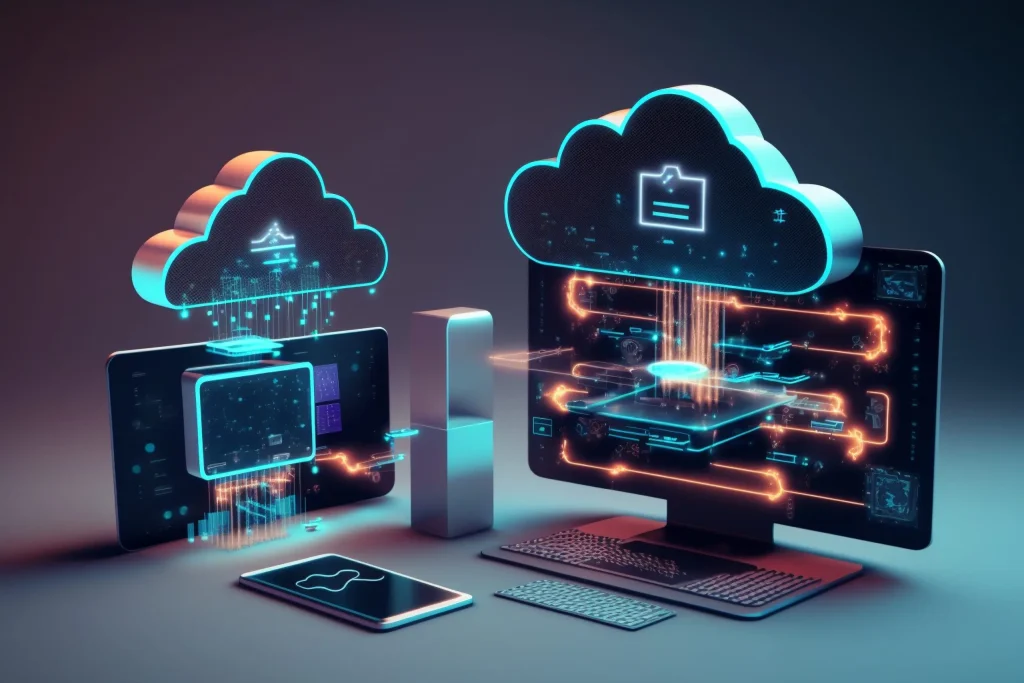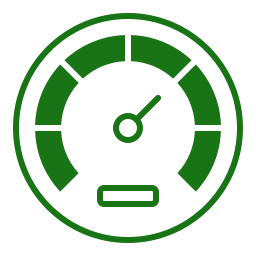Computing devices drive progress
Bringing Compute Power Closer to Where Data Is Created
In today’s fast-paced digital world, data is being generated at unprecedented speeds from countless sources — IoT devices, smart machines, mobile apps, and remote sensors, to name a few. Traditional cloud computing architectures often struggle with latency, bandwidth constraints, and data sovereignty challenges when handling this deluge of data. That’s where Edge Computing steps in.
Edge Computing pushes processing power closer to the edge of the network — where data is generated — enabling faster responses, enhanced security, and reduced bandwidth usage. Our Edge Computing solutions are designed to help your business accelerate decision-making, optimize performance, and gain a competitive edge in real-time.


Computing devices process and deliver
What is Edge Computing?
Edge Computing is a distributed IT architecture where data processing and analysis occur near the data source rather than in a centralized cloud data center. Instead of sending all data to the cloud for processing, edge devices or local edge servers handle much of the computation on-site.
This proximity to the data source minimizes latency, improves response times, and reduces the load on network infrastructure. The result is a more efficient, resilient, and intelligent system capable of supporting modern business operations.
Diverse devices for every need
Why Your Business Needs Edge Computing

Real-Time Processing
Edge Computing enables real-time processing for applications like automation, surveillance, and autonomous vehicles without relying on distant cloud servers.

Reduced Latency
Edge devices minimize latency, enabling rapid data transmission and decisions—crucial for robotics, remote surgery, and high-speed financial trading.

Bandwidth Optimization
Edge Computing processes data locally, sending only key insights to the cloud—cutting bandwidth usage and lowering operational costs efficiently.

Enhanced Security and Compliance
Edge Computing enhances data security by processing locally, reducing exposure to threats and aiding compliance with data residency and governance laws.

Operational Continuity
Edge devices operate independently in low-connectivity areas, enabling continuous data analysis and ensuring business continuity without constant cloud reliance.

Scalability and Flexibility
Edge Computing enables scalable, flexible deployments by distributing processing, supporting efficient operations and diverse applications across various locations.
Diverse devices for every need
Edge Computing vs. Cloud Computing: Key Differences
| Feature | Edge Computing | Cloud Computing |
|---|---|---|
| Data Processing Location | Near the data source | Centralized data centers |
| Latency | Ultra-low | Moderate to high |
| Real-Time Use Cases | Ideal | Limited |
| Connectivity Requirement | Can operate offline | Requires internet connection |
| Data Privacy | Higher control | Dependent on provider |